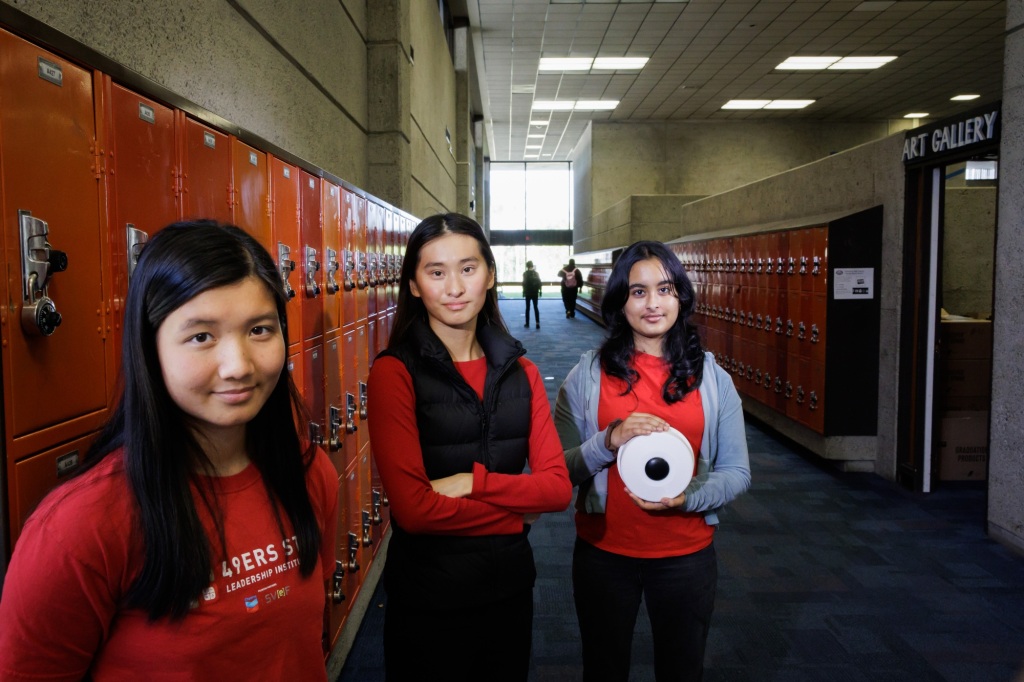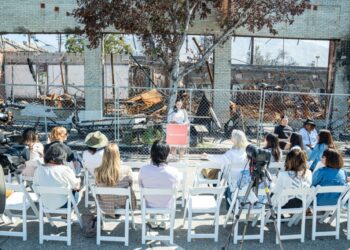Rebecca Wang was just 7 years old the first time it happened.
She remembers vividly her teacher’s panicked face, and her urgent voice telling Rebecca and her classmates to keep quiet, hide behind their desks and stay calm.
They were barricaded in a Los Gatos classroom for four hours until police found the man who’d run across their campus with a gun. Wang didn’t understand what was going on, but when they finally walked outside, her entire family was waiting — and they looked terrified.
“It was pure chaos,” said Wang, now 17. “We didn’t really know what was going on, but we knew the teachers were scared out of their minds.”
After 10 years of waiting for things to change, Wang — a rising senior at San Jose’s Gunderson High — decided to take things into her own hands. This summer, she and three friends will be refining SIREN, an artificial intelligence device they’ve trained to detect gunshots and instantly communicate with all students, staff members and teachers at an affected school, along with the police department.
“It’s sad that we felt like we had to make this device. But as students, this isn’t something we can just choose to ignore,” said Swarnya Srivastava, a rising senior at Monta Vista High School in Cupertino, and member of the SIREN team.
In 2022, there were over 300 school shootings across the country, according to the K-12 School Shooting Database. This year, we’re on track for even more, with 178 school shootings recorded during the first six months alone.
Wang came up with the idea for SIREN after a teenage gunman killed 21 people at Robb Elementary School in Uvalde, Texas, in May of last year. Law enforcement waited for more than an hour outside before confronting the gunman, an 18-year-old who carried an AR-15-style rifle onto the campus. In the incident’s wake, the Uvalde community was left grappling with knowing lives might have been saved if police had responded sooner — and they weren’t the…
Read the full article here







